
News

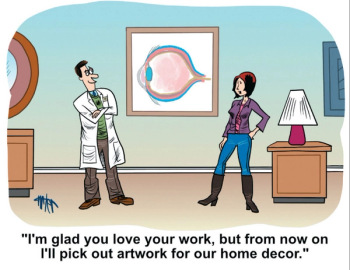
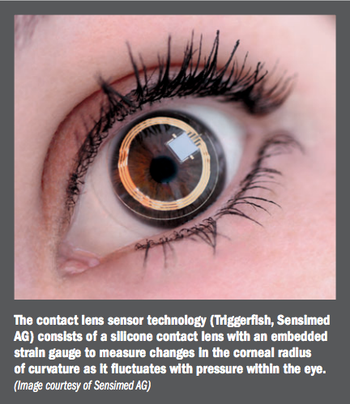
Researchers continue to explore device’s measurement of patterns, any correlation to IOP
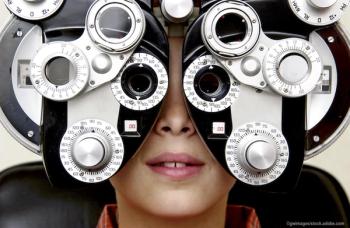
Real-world outcomes often throw curveball at clinical trial data


How an unforgettable patient could see-and speak out-again


Ophthalmology Times’ Editorial Advisory Board members share their thoughts on what to watch in year ahead

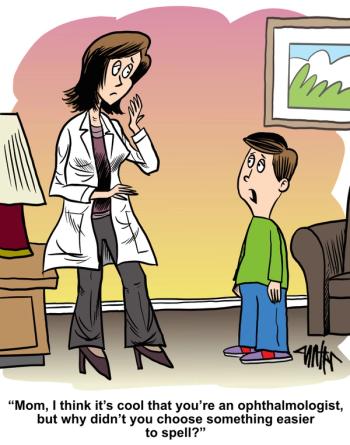
Read the latest Optic Relief from OT cartoonist Jon Carter.

Ophthalmology benefiting from active programs for innovative product development in 2018 and onward


How does an ophthalmologist know when he or she is old?
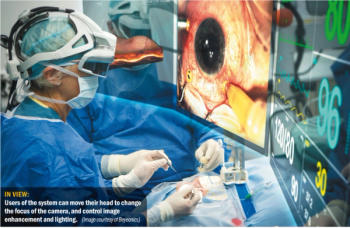
Novel transparent, head-wearable camera display aims to make ophthalmic surgery more precise

Defining role of topography, tear film osmolarity, other tests

Doug Katsev, MD, looks at the results from a study regarding iStent implantation with cataract surgery.


Doug Katsev, MD, discusses the findings from a study concerning atopic dermatitis and cataract development for the Medical News Minute.

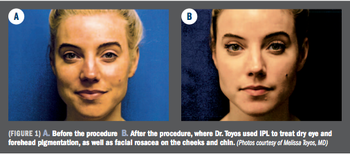
The market for ocular aesthetics is vast, yet very much underserved in 2018
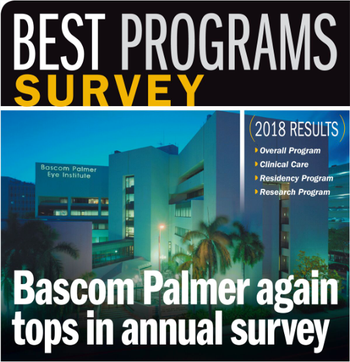
Wilmer leads in best research category
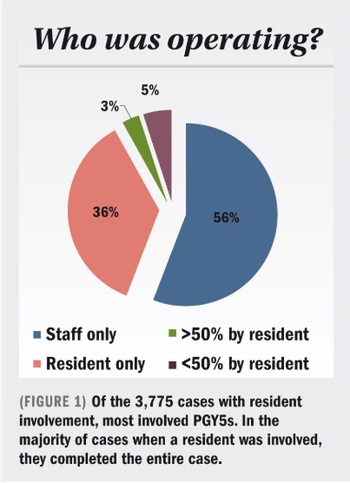
Improvement was seen with experience gained, show data from comparative study

Device is noninvasive, nonthreatening; does not require topical or general anesthesia

Level of evidence is decent, but may not be applicable to all racial, ethnic groups

Screening recipes should ease the diagnostic burden in this patient population

Video game helps youth with cerebral visual impairment

There is need for alternative treatment to circumvent current treatment limitations

Letters to the Editor may be submitted to [email protected]. Letters may be edited for clarity and length.
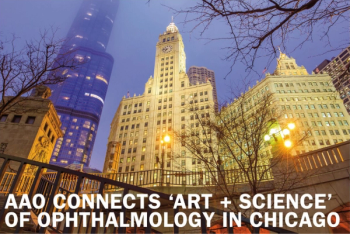
Joint event to feature plenty of symposia, practice management programs, product innovations

Whether we like it or not, artificial intelligence has arrived



.png)


